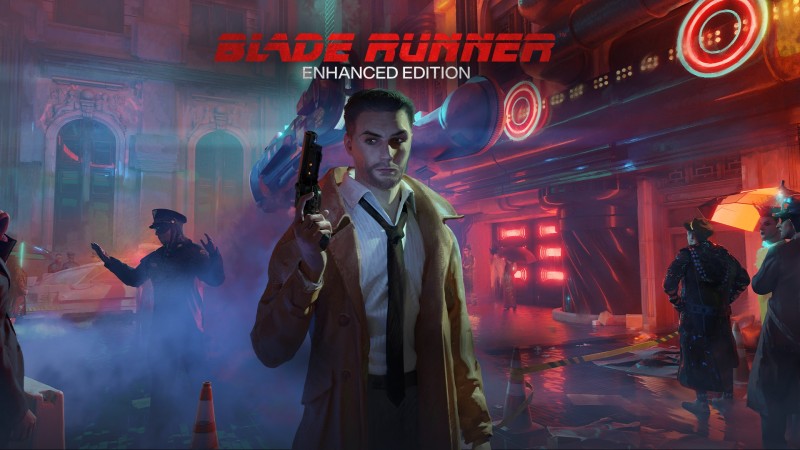
Starting off our Blade Runner: Enhanced Edition review, it’s worth looking at its origins with the 1982 Ridley Scott adaptation of Philip K. Dick’s novella, Do Androids Dream of Electric Sheep, which hit screens to a tepid response. Blade Runner was not appreciated when it came out, yet in spite of its failure at the box office, the film became a tremendous influence in how science fiction would portray a new kind of dystopia.
The seeds that Blade Runner sowed lead to inspiring incredible manga and anime like Ghost in the Shell and Bubblegum Crisis. Video games would naturally take cues from the movie as well: Deus Ex, Ruiner, The Ascent, Flashback and Cyberpunk 2077 all lift themes and imagery from this film.
Aside from a 1985 Commodore 64 movie tie-in game and a mobile game that was connected to Blade Runner 2049, the original movie has only 1997’s Blade Runner for PC. Has Westwood Studios’ neo-noir landed in capable hands? Or is this point-and-click adventure destined for retirement? Find out in this Blade Runner: Enhanced Edition review!
Blade Runner: Enhanced Edition
Developer: Westwood Studios, Nightdive Studios
Publisher: Nightdive Studios
Platforms: Microsoft Windows, PlayStation 4, Nintendo Switch, Xbox One (reviewed)
Release Date: June 23, 2022
Players: 1
Price: $9.99 USD
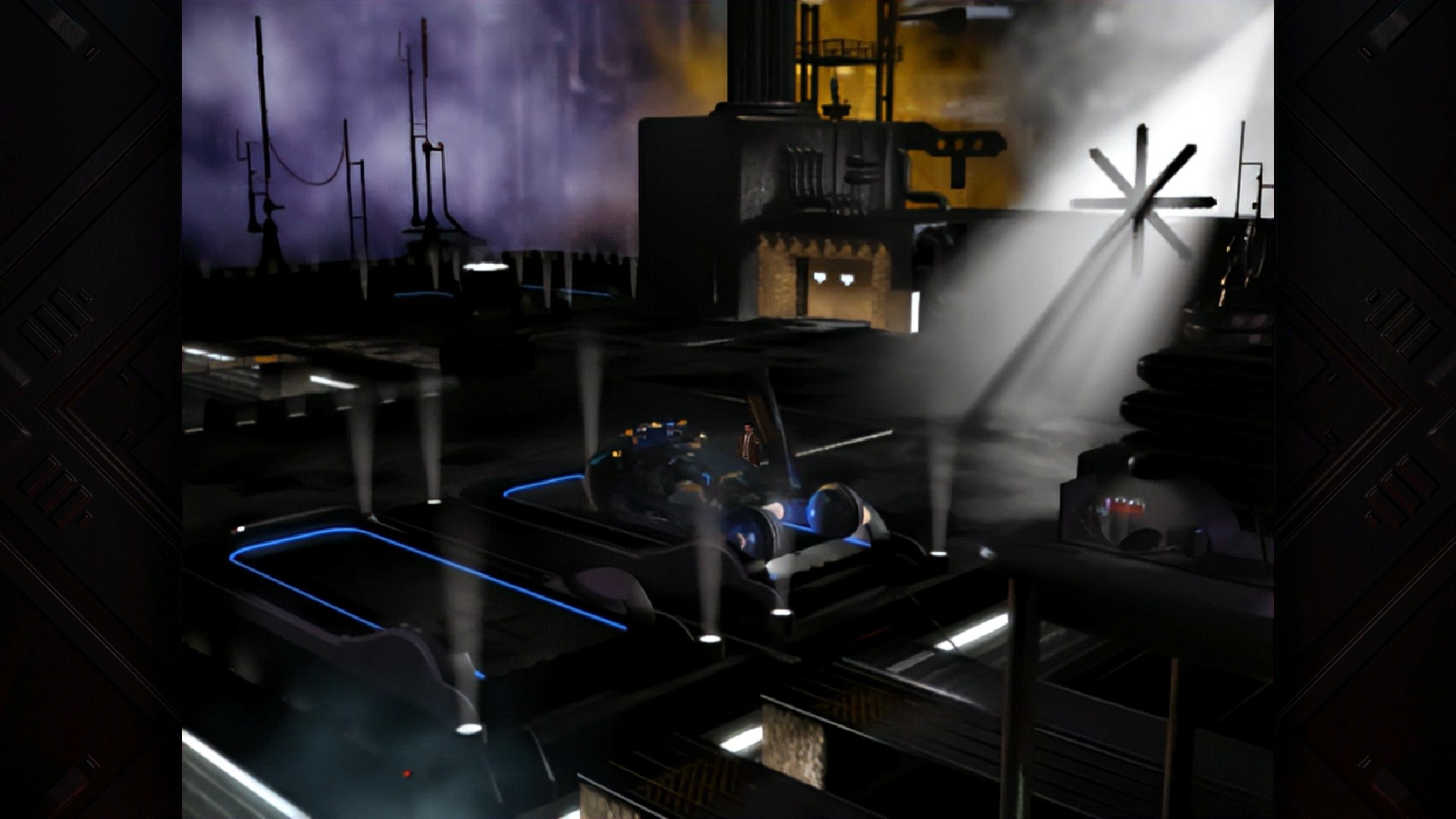
Blade Runner (1997) is very faithful to the film its tied to, so much so that it can sometimes be distracting. Like in the movie, the protagonist is a specialized police officer who is tasked with hunting down rogue human-like androids. In the movie, the main Blade Runner was Rick Deckard and the game has Ray McCoy, who is unsettlingly similar.
The androids (or Replicants) are nigh indistinguishable from the genuine article and these Blade Runners rely on an empathy test (Voight Kampff), to suss out an autonomic response with questions that should illicit an empathic response. Blade Runner: Enhanced Edition allows players to conduct their own VK tests on several NPCs to gain a lead on the rogue androids.
Blade Runner: Enhanced Edition has had very little added to it from its original ’97 release. Aside from the more fluid framerate, there is nothing added to earn the “Enhanced” subtitle to this re-release. In many ways, this latest iteration is worse off due to the mishandling of the port and buggier gameplay.
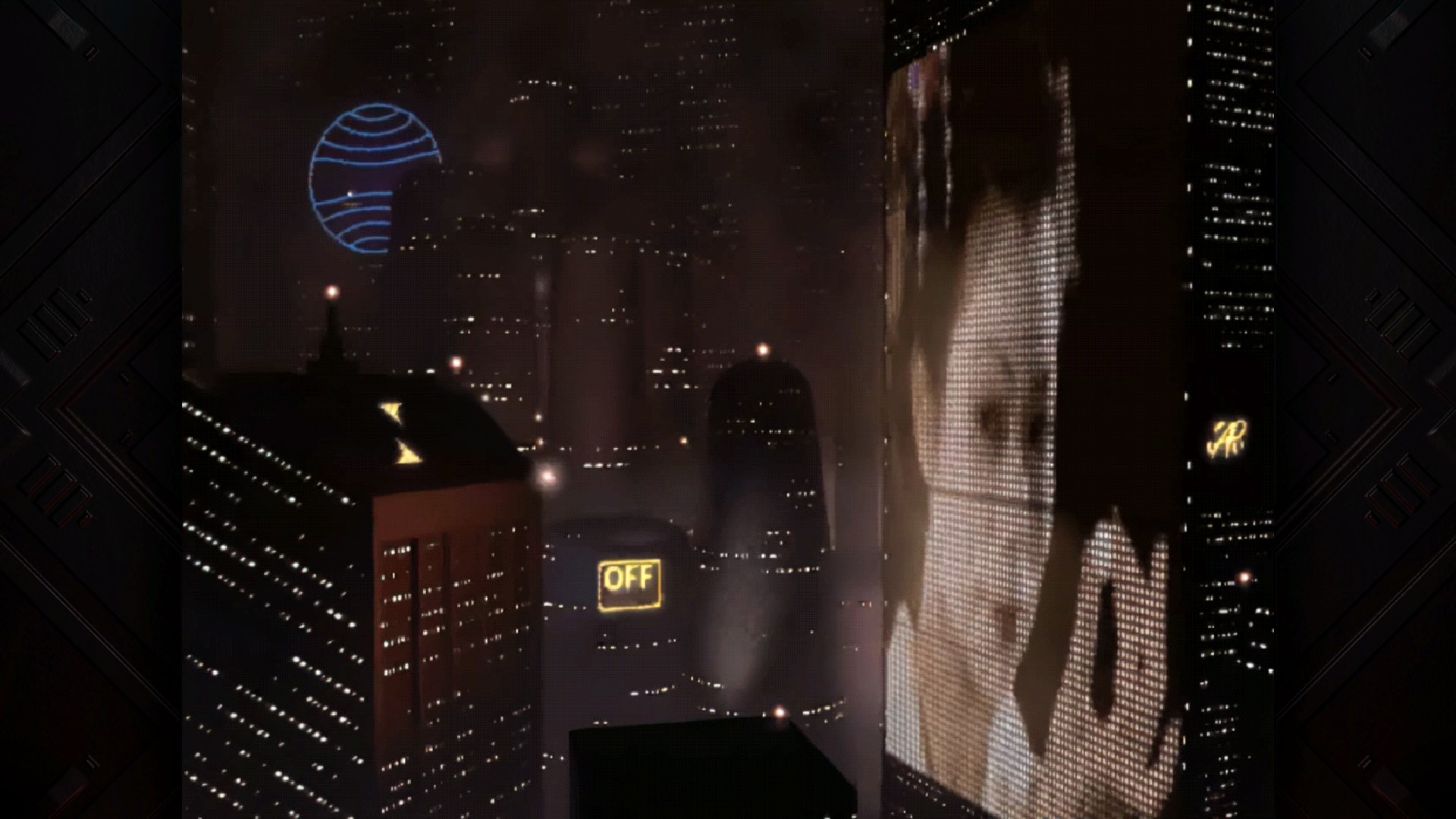
The hit detection in Blade Runner: Enhanced Edition is spotty while trying to use McCoy’s gun, especially when the point of view is very distant and the target is a garbled mess of pixels. This is where having alternate control options for this Enhanced Edition would have circumvented the issues that were already there and that were made worse due to the sloppiness of this conversion.
McCoy’s KIA menu system now uses some kind of esoteric control inputs that are not communicated to the player at all and contradict the interface used on screen. The data in KIA is frequently referenced by the player and keeps track of all kinds of useful information regarding leads and clues. Enhanced Edition bungles this savagely and there is never a moment when it makes sense.
Blade Runner in 1997 was a game that had a retail release with an instruction manual. Video games used to release in this way because the literature could teach players how to play the game without having any tutorial in-game. Blade Runner: Enhanced Edition does not have this benefit and leaves players befuddled when having to engage with critical sequences the game offers.
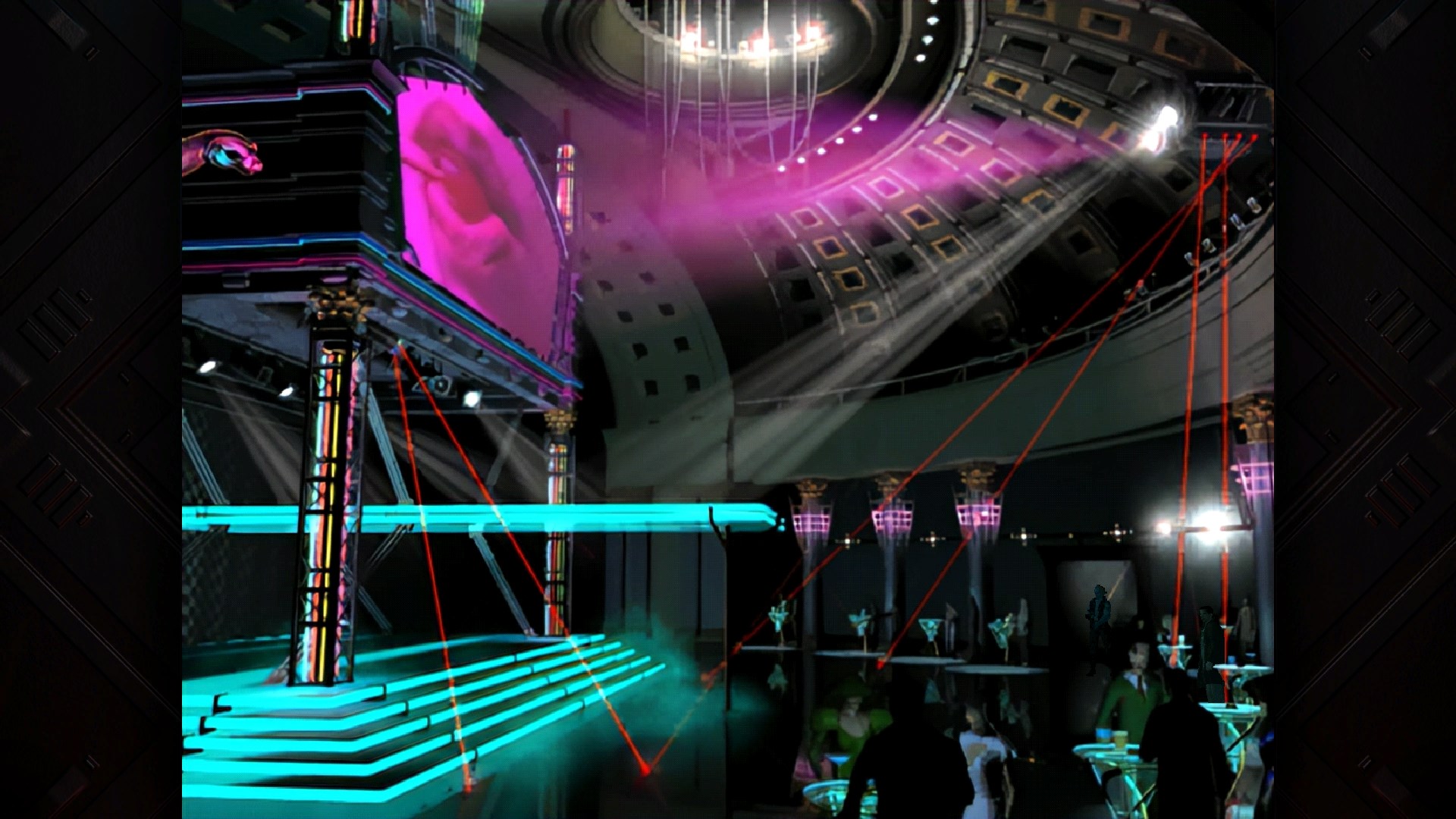
There are no digital instructions and there is certainly no tutorial on how VK works, how ESPER works, how ammo crafting works, or how the randomized elements play into the game. The game was designed around the notion that the customers would have a manual of some kind that would have been read before play.
Other missed opportunities for Blade Runner: Enhanced Edition are things like an optional hint system to guide players who struggle at detective games. Thankfully, this game is no where near as convoluted as other adventure games from its era. There isn’t any obscure item-combining or showing a specific item to a specific character.
Unlike the original, Enhanced Edition has path-finding issues with the point-and-click controls. McCoy seemingly won’t walk to wherever players may click and only interactive points like doors, NPCs, or objects will register. Regretfully, Nightdive did not include any direct control options to navigate McCoy with the analogue stick.
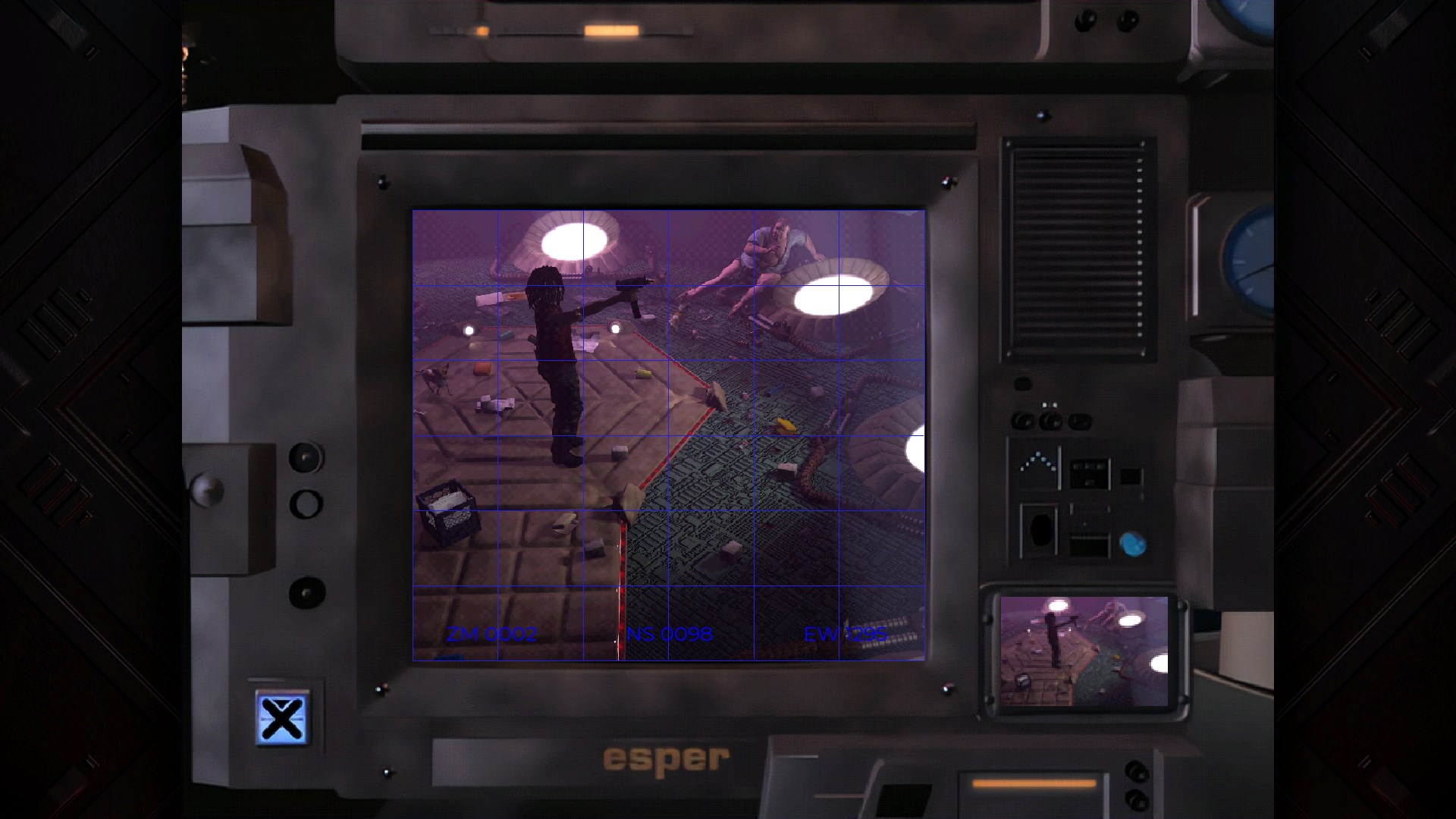
Where Blade Runner may leave some players confused is its open-ended gameplay. Most point-and-click adventures tend to be very focused and funnel the player in a very directed manner. Blade Runner: Enhanced Edition is innovative for having a semi-sandbox approach to player-choice and allowing enough freedom to role-play and make unscripted choices.
Blade Runner will often withhold information from the player and the game trusts them to intuit all findings. Using the ESPER to enhance and defy the laws of space and logic to investigate a photograph can be especially tricky since the game gives no indication if gamers found all possible clues in the image. This is where an option to play with some hints enabled would have helped this version.
The variability is easily Blade Runner: Enhanced Edition‘s most defining feature. Not only are players given a lot of freedom to brandish a gun or botch a VK, but the game also randomizes who will be a replicant and who will be human. While this version makes the experience a hassle; this is the true Blade Runner experience that fans of the films would hope for.
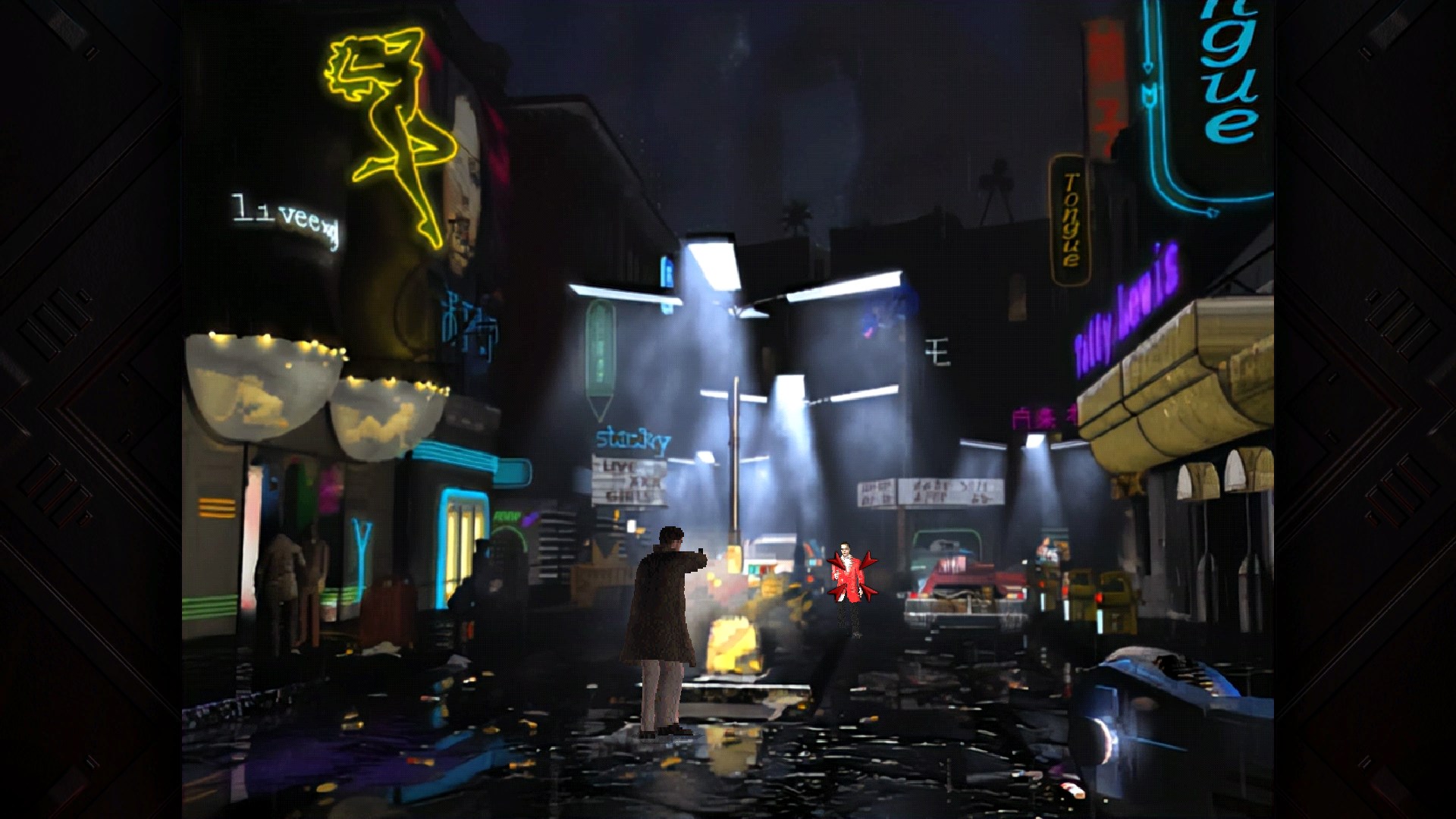
Blade Runner‘s story is mostly a retread of the film’s but with suspiciously similar characters. This cheapens the cast and makes them seem less special, especially when McCoy goes to Bryant’s office, only to find a character who is just like Bryant. It makes the world seem small and artificial.
The visuals look like Blade Runner: Enhanced Edition is definitely from 1997. Characters are rendered with voxels and have a very rough prerendered sprite quality to them. They are rotten with pixelated noise and lack detail; unlike Nightdive’s previous work in Quake Remastered which had options for tastefully redone character models.
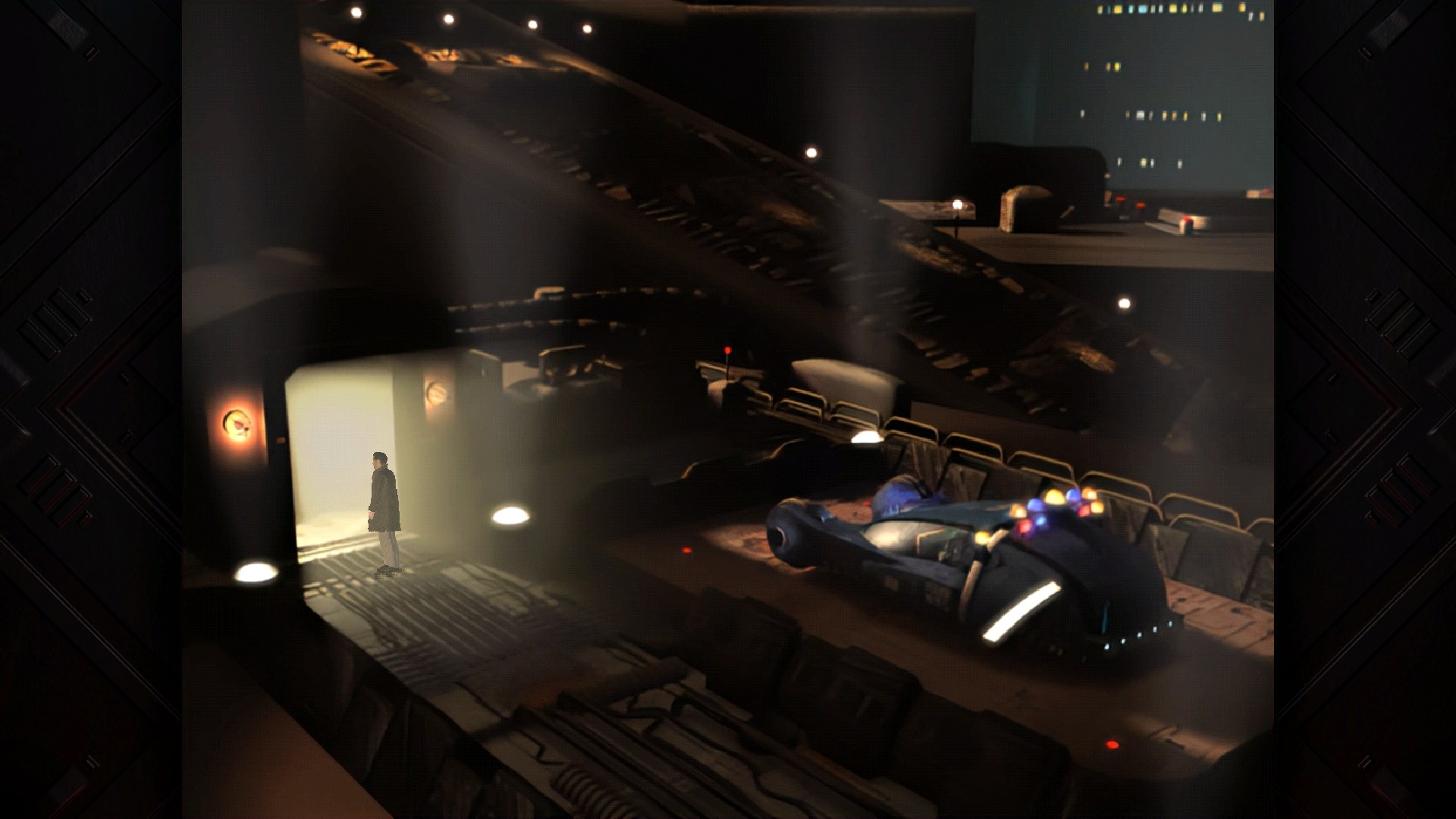
Character animation is also choppy and clashes with the much smoother animated backgrounds. It is as if characters don’t have enough frames to fill out the framerate. There was no attention given to details like reflections or atmospherics to ground characters into the scenes.
Despite the poor quality of the assets and overall roughness; Blade Runner is dripping with the same panache that the movie had. The look of the environment is spot on with the designs of Ron Cobb and Syd Mead – the visual futurists who realized the look of Los Angeles 2019.
There are several shots and areas that are lifted straight from the movie and players can immerse themselves in the ambiance that is enhanced by the music and sound. Vangelis may not have done the music for the Blade Runner video game, but you’d think he did.
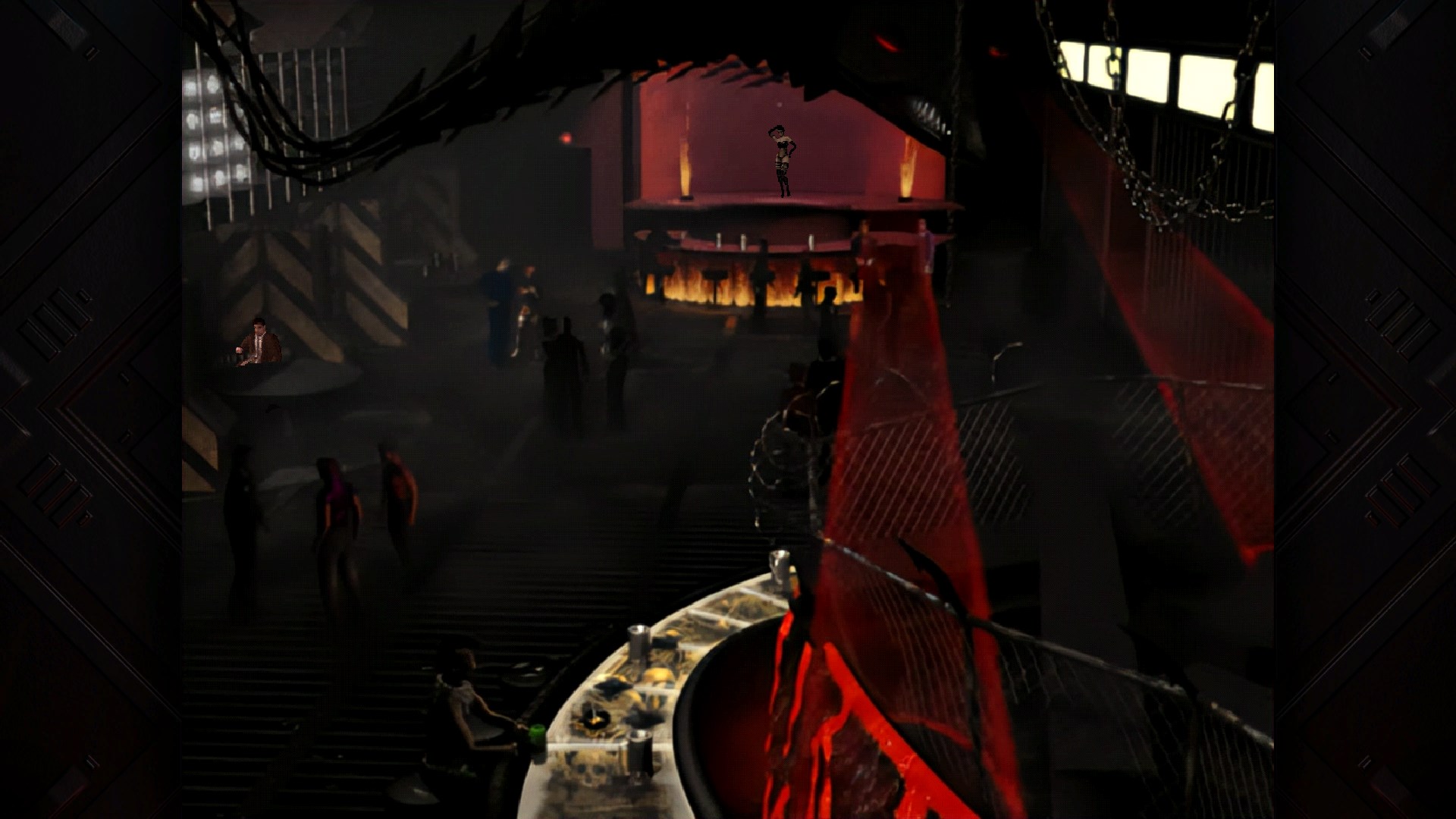
The smooth synth and jazzy tones that are so closely associated with the film is uncannily close. The music doesn’t just imitate Vangelis, but feels like a second volume that further expands the soundscape of the world of Blade Runner. This is the kind of game to leave on and let it run in the background while you enjoy a whiskey while it is raining.
Blade Runner: Enhanced Edition may not be the best way to experience this classic adventure game, but anyone who is willing to endure these shortcomings will see why it earned a second life. There are not many free-form point-and-click adventure games; nonetheless something as fully realized as Blade Runner which manages to be very replayable due to multiple endings.
By the time most interested parties read this Blade Runner: Enhanced Edition review, Nightdive Studios released the first update to address the questionable state of this version. Patch notes list many bug fixes and address the issues with the KIA menu system, and there’s more updates and fixes planned for later.
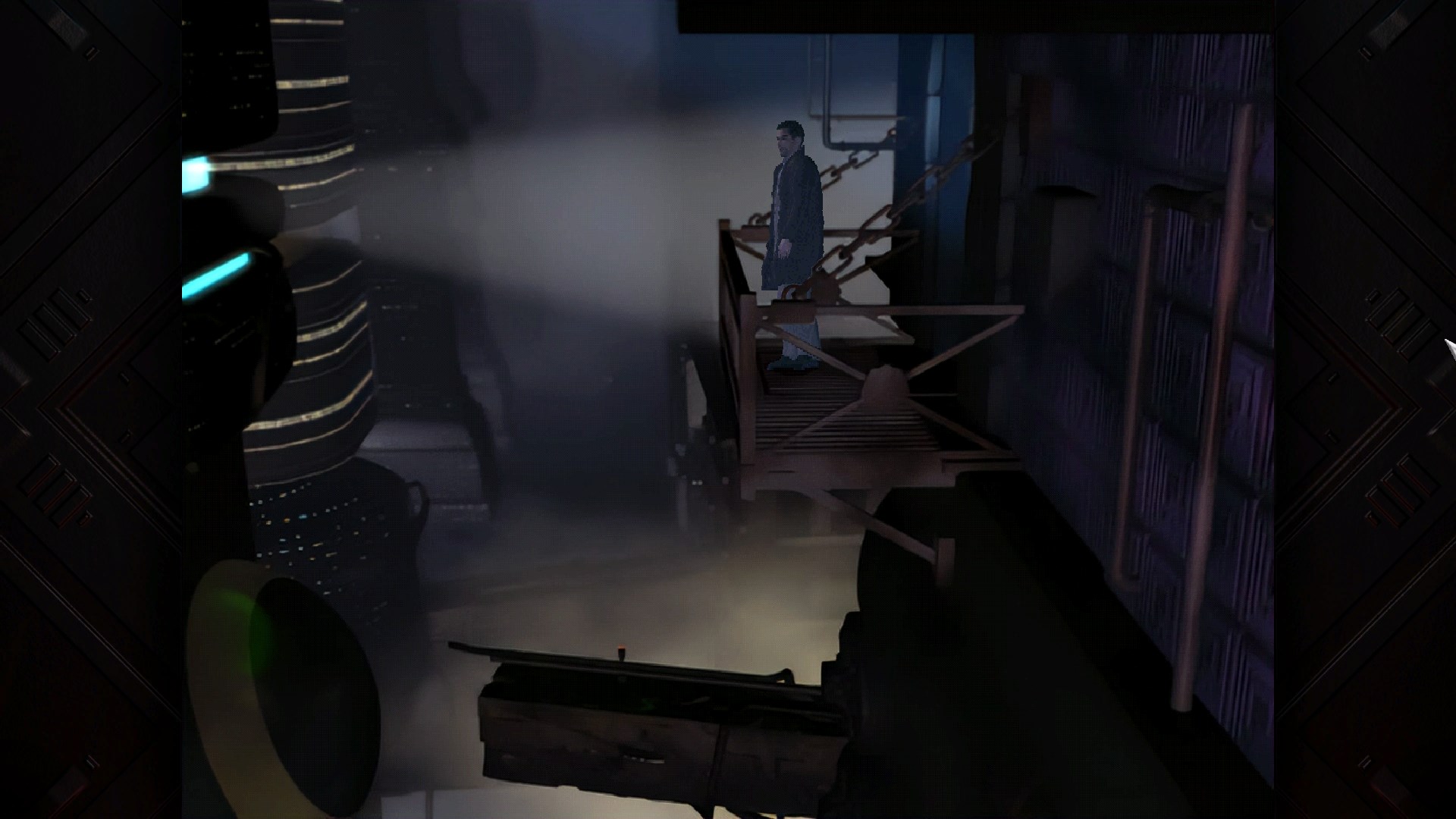
Many of these updates will rectify the various technical issues that negatively affect the experience. Some of the adjustments are obvious, like turning off the border graphics and the option to change McCoy’s personality mid-game, but other features like direct control options or a digital manual are not accounted for.
Some features like improved legibility and pathfinding are coming, but these are all technical shortcomings that should have been addressed before released. Despite all these flaws, Blade Runner: Enhanced Edition is still worth playing and with Nightdive promising to continue support the game with updates, this version could live up to being the “enhanced” edition.
Blade Runner: Enhanced Edition was reviewed on Xbox Series S using a copy provided by Nightdive Studios. You can find additional information about Niche Gamer’s review/ethics policy here. Blade Runner: Enhanced Edition is now available for Windows PC (via Steam), PlayStation 4, Nintendo Switch and Xbox One.